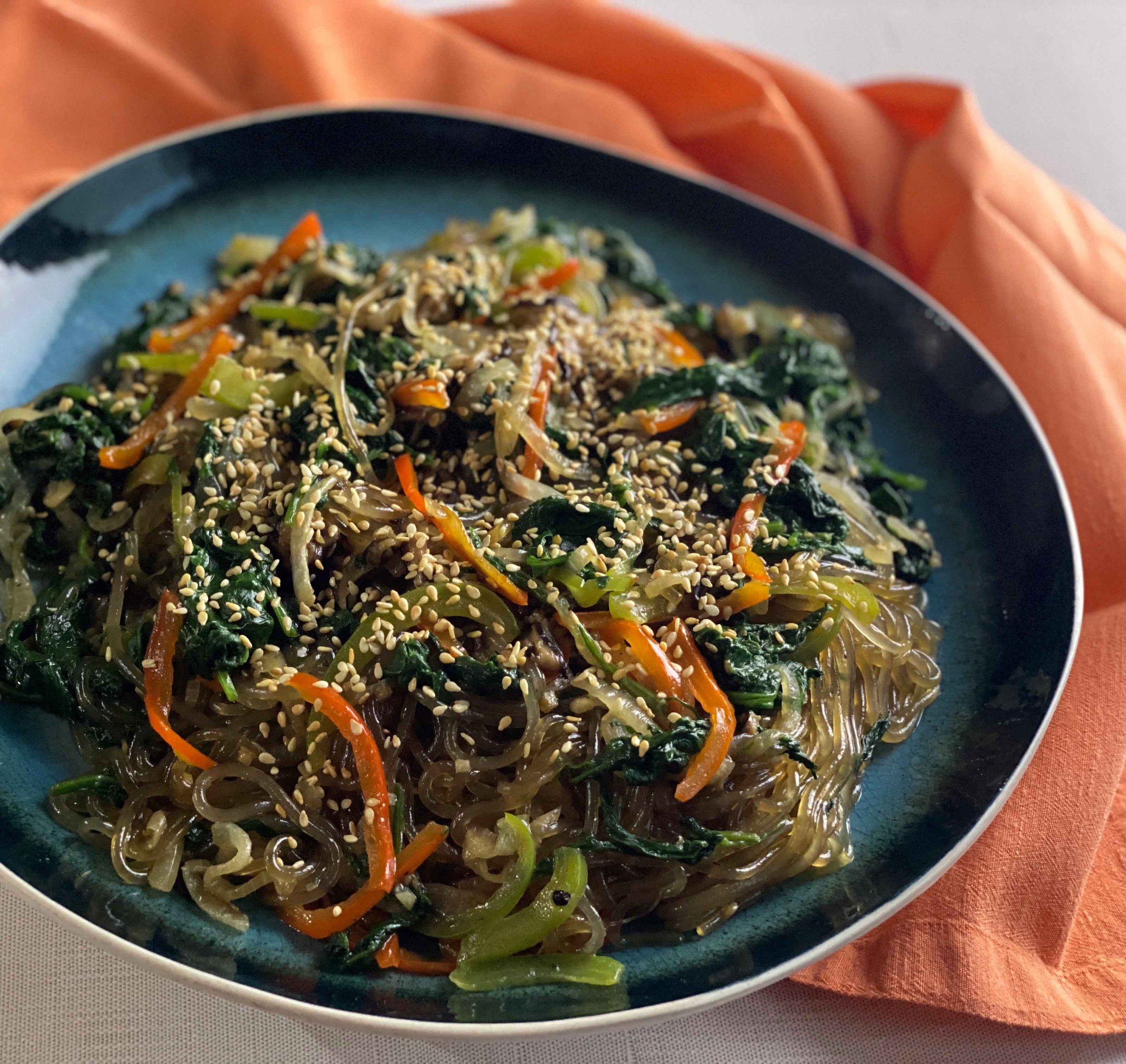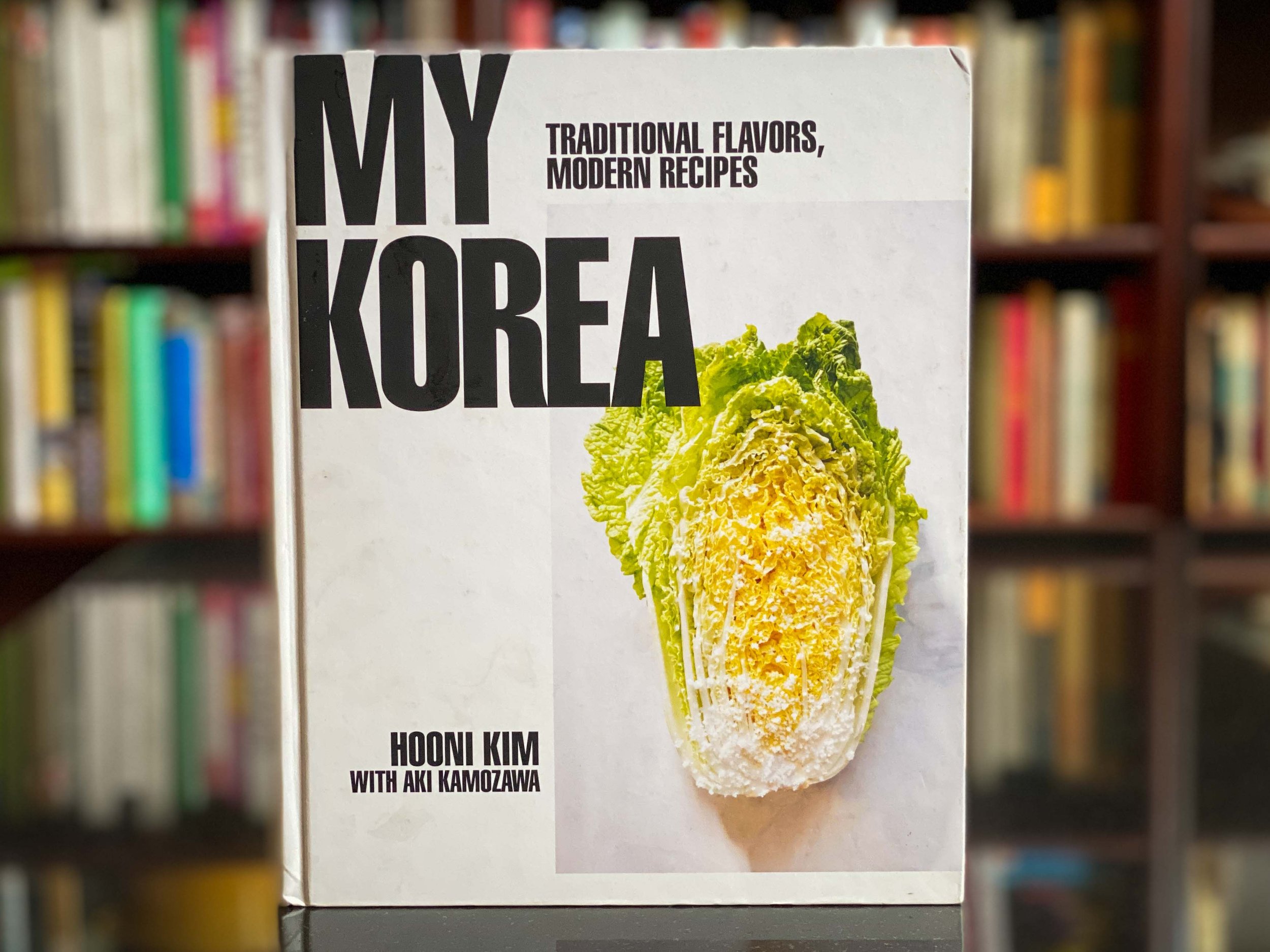By Leslie Brenner
My Korea: Traditional Flavors, Modern Recipes, by Hooni Kim with Aki Kamozawa; photographs by Kristin Teig; 2020, W. W. Norton & Company, $40.
A serious craving for Korean flavors — that’s what bit me on the flight home from a recent trip to France. Tangy-spicy, hot, cold and pickly, packed with umami, sometimes a little sweet. I needed those flavors in my life, and fast.
Immediately I thought of My Korea. The highly regarded chef Hooni Kim published the cookbook two years ago; it’s the first book I reached for when I landed. Covid time-warp is my official excuse for taking so long to get to it.
Backgrounder
Kim, who was born in South Korea, is chef and owner of Danji in New York City; he opened the tiny place (named for the small clay jars that hold traditional foods for daily use in Korea) in 2010. A year later, it became the first Korean restaurant anywhere to earn a Michelin star. He opened a second restaurant, Hanjan, the following year, and recently Meju, a fermentation studio. He’s now preparing to open Little Banchan Shop, featuring Korea’s beloved small plates.
Raised in London and the U.S., Kim took a hiatus halfway through medical school to study at the French Culinary Institute in New York (now the International Culinary Center), did a couple of stages, graduated from FCI and then interned at Daniel, which he considered to be “the best restaurant in New York City.” He thought he’d return to med school, but when Daniel Boulud’s legendary French restaurant offered him a permanent position, he bit. After that, desiring to learn to cook the food of his own culture at a lofty level, he sought a respected Korean chef to train with at an excellent Korean restaurant, couldn’t find one in the U.S., and so went to work at the closest thing he could find: Masa, the superlative Japanese restaurant from chef Masa Takayama. Kim made an impression on Masa’s famous chef-owner with the Korean dishes he prepared for family (staff) meals. Several of them are included in My Korea — which Kim reportedly worked on for eight years.
Kim sums up his own cooking like this:
“My food is what you might get from a Korean grandmother if she went to culinary school, interned at high-end Michelin restaurants, and settled in New York City (and perhaps had an addition to White Castle sliders).”







